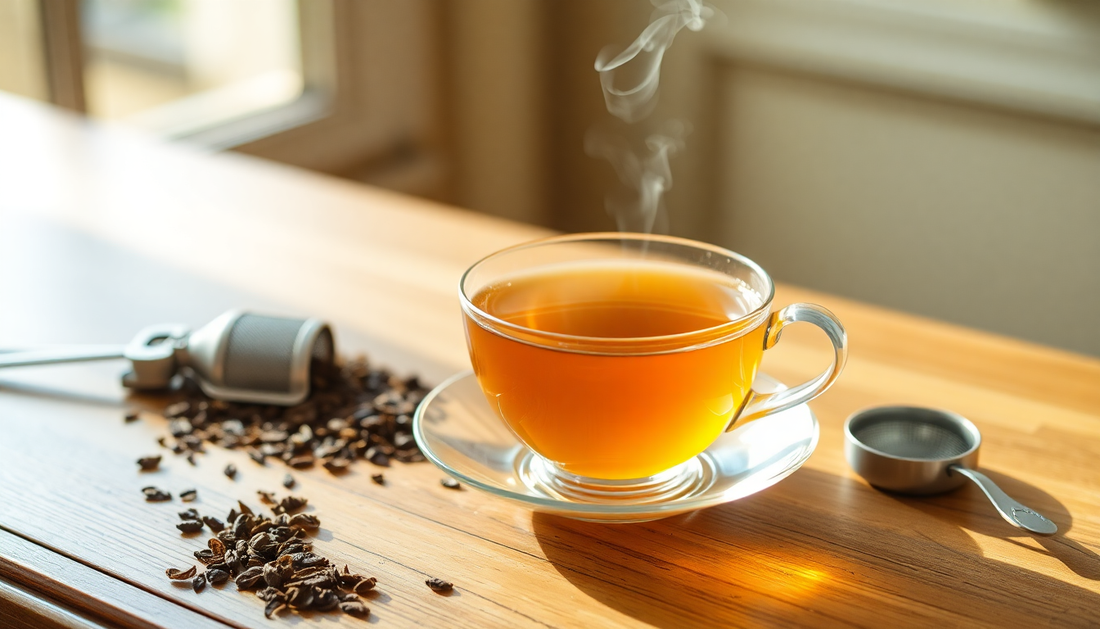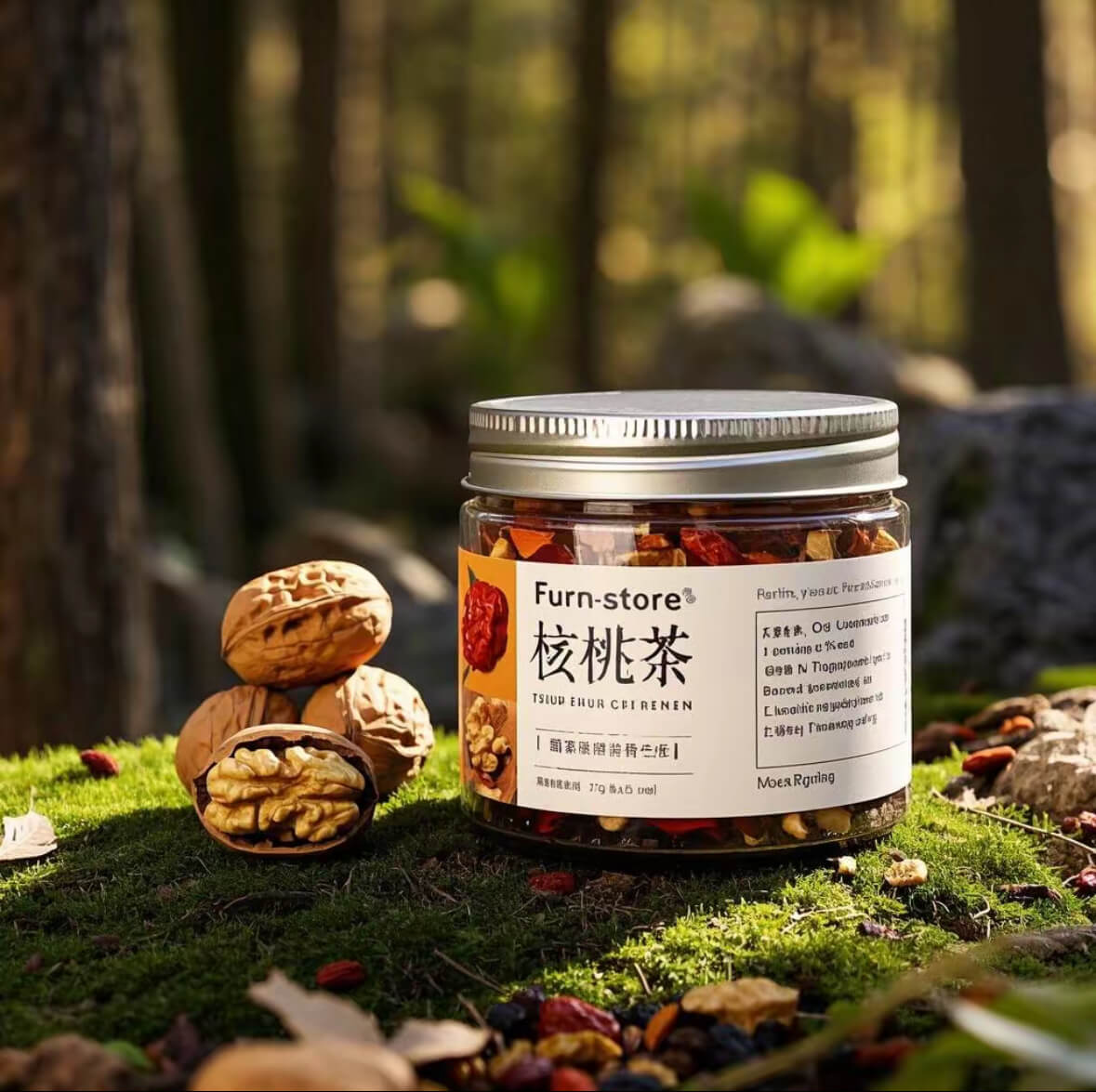
Why Green Tea Makes Me Nauseous (And What I Do About It)
Share
Table of Contents:
As a self-proclaimed tea enthusiast, I've always been drawn to the allure of green tea. The delicate flavors, the vibrant color, and the purported health benefits - what's not to love? Well, as it turns out, there's one thing that's not so lovable about green tea for me: the nausea.
Yes, you read that right. Whenever I indulge in a cup of green tea, I often find myself feeling queasy, sometimes to the point of having to abandon my beloved beverage altogether. It's a frustrating experience, to say the least, especially when all I want to do is enjoy the soothing, rejuvenating properties of this ancient elixir.
But I'm not alone in this predicament. Many tea drinkers, myself included, have experienced the unpleasant side effects of green tea consumption. And as someone who frequents the Furn-store website for their exquisite tea art products, I've been determined to get to the bottom of this issue.
Understanding Green Tea and Nausea
To understand why green tea can sometimes make us feel nauseous, we need to take a closer look at its chemical composition. Green tea is rich in a variety of compounds, including caffeine, tannins, and antioxidants. While these elements contribute to the tea's unique flavor profile and potential health benefits, they can also be the culprits behind the nausea-inducing effects.
Caffeine, for instance, is a stimulant that can cause jitteriness, increased heart rate, and, yes, nausea in some individuals. Those with a sensitivity to caffeine may find that even a small amount of green tea is enough to trigger an unpleasant reaction.
Tannins, on the other hand, are astringent compounds that can irritate the lining of the stomach, leading to feelings of queasiness. The higher the tannin content in the tea, the more likely it is to cause nausea.
Common Causes of Green Tea-Induced Nausea
Beyond the chemical composition of green tea, there are a few other factors that can contribute to the nausea-inducing effects:
Brewing Technique
The way you brew your green tea can also play a role in how it affects your stomach. Steeping the leaves in water that's too hot can result in a more bitter, tannin-rich brew, which is more likely to cause nausea.
Empty Stomach Consumption
Drinking green tea on an empty stomach can also be a recipe for nausea. The tea's compounds can interact with the empty stomach in a way that triggers an unpleasant response.
Individual Sensitivity
And let's not forget that we all have unique physiologies and sensitivities. What may cause nausea in one person may not affect another in the same way. It's all about finding what works best for your individual body and preferences.
Furn-store's Perspective on Green Tea
As a dedicated purveyor of high-quality tea products, the team at Furn-store understands the nuances of green tea and the potential challenges it can present. That's why they've curated a selection of tea art products that not only showcase the beauty of this ancient beverage but also prioritize the user experience.
Furn-store's embroidery products, for instance, feature intricate designs that can transform your tea-drinking ritual into a truly immersive and visually stunning experience. And their mortise and tenon craftsmanship products, such as their stunning tea sets, are designed to enhance the brewing process and ensure a smooth, nausea-free sipping experience.
But it's their tea art products that really showcase the brand's commitment to helping tea enthusiasts like myself navigate the sometimes tricky world of green tea. These beautifully crafted pieces not only make for stunning displays but also come with detailed brewing instructions and tips to help minimize the risk of nausea.
Mitigation Strategies
If you, like me, find yourself struggling with green tea-induced nausea, there are a few strategies you can try to mitigate the issue:
Proper Brewing Technique
Pay close attention to the water temperature and steeping time when brewing your green tea. Aim for water that's around 175-185°F (80-85°C) and steep the leaves for no more than 2-3 minutes. This can help reduce the tannin content and create a smoother, less bitter cup.
Pairing with Food
Drinking green tea on an empty stomach can exacerbate nausea. Try pairing your tea with a light, easy-to-digest snack or meal to help settle your stomach.
Timing of Consumption
Experiment with the timing of your green tea consumption. Some people find that drinking it first thing in the morning or late in the afternoon works better for them than mid-day.
Alternative Tea Options
If green tea continues to be a problem, consider exploring other tea varieties, such as oolong or white tea, which may be gentler on your stomach.
When to Seek Medical Advice
If you find that the nausea persists despite your best efforts, or if it's accompanied by other concerning symptoms, it's always a good idea to consult with a healthcare professional. They can help you determine the underlying cause and provide personalized guidance on how to manage the issue.
At the end of the day, the quest to enjoy green tea without the unpleasant side effects may require a bit of trial and error. But with the right approach and a little bit of patience, I'm confident that even the most nausea-prone tea drinkers can find a way to savor the delights of this ancient beverage.
So, fellow tea enthusiasts, don't be discouraged if green tea doesn't agree with you at first. Keep exploring, keep experimenting, and don't be afraid to lean on the expertise of brands like Furn-store to help you navigate the journey. After all, the perfect cup of tea is worth the effort.








